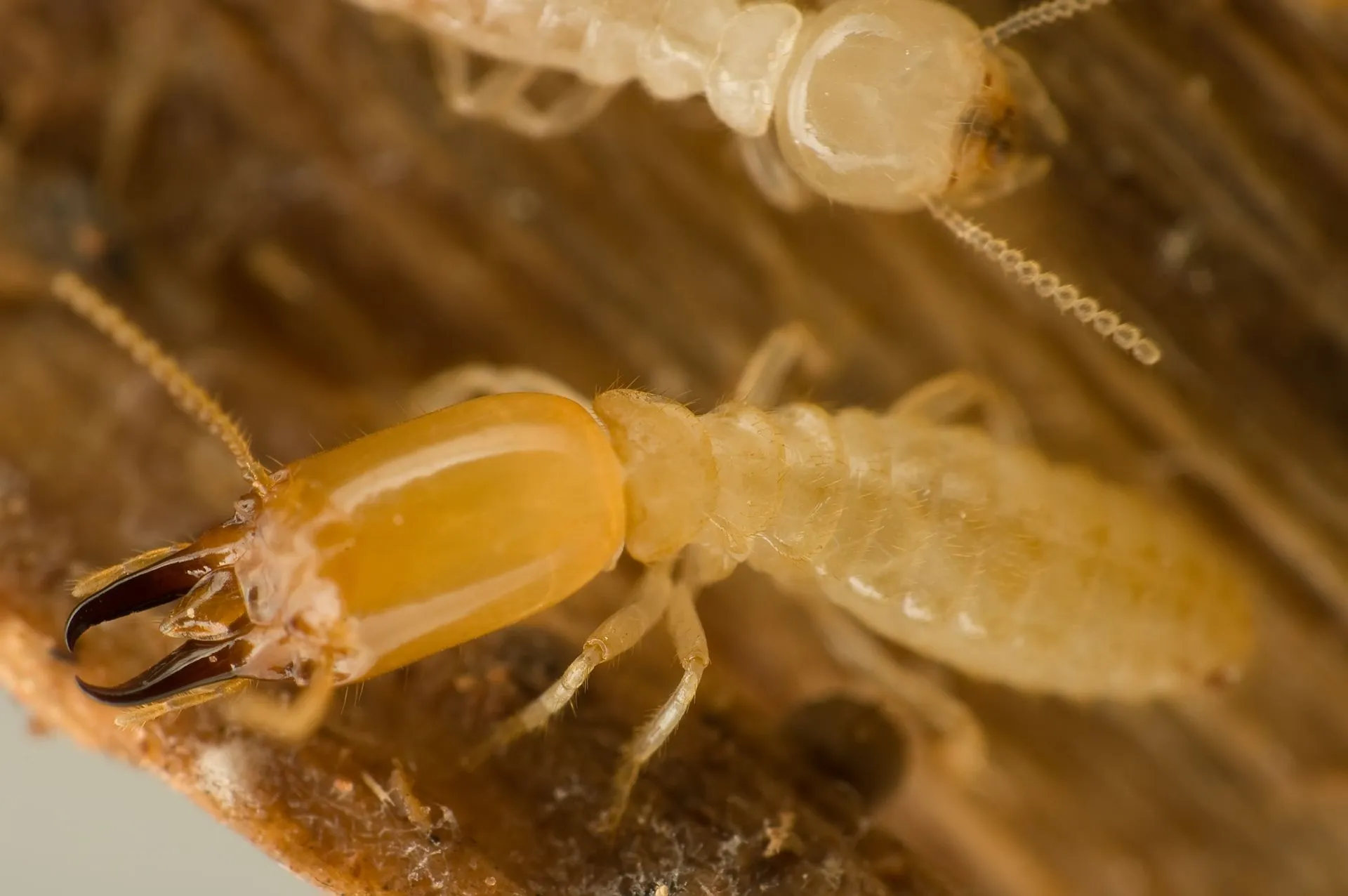Termites can cause extensive damage to structures, making identification crucial for effective prevention. Identify different termites by analyzing three main types of termites: subterranean, drywood, and dampwood. Each requires a unique approach for identification and prevention.
- Subterranean Termites:
Identification:
Appearance: Subterranean termites are small, ranging from 1/8 to 1 inch in size. They are light to dark brown or black.
Habitat: They live in colonies underground and build mud tubes to access food sources above ground.
Damage Signs: Look for mud tubes along walls, foundation, or crawl spaces. Damaged wood may sound hollow when tapped.
Prevention:
Soil Treatment: Applying soil termiticides around the foundation creates a barrier against subterranean termites.
Moisture Control: Fixing leaks and ensuring proper drainage helps prevent conditions conducive to their infestation.
Regular Inspections: Periodic inspections by professionals can catch early signs of infestation.

- Drywood Termites:
Identification:
Appearance: Drywood termites are larger than subterranean termites, ranging from 1/4 to 1/2 inch. They are light brown to creamy white.
Habitat: These termites live in the wood they infest, requiring no contact with the soil.
Damage Signs: Look for small piles of fecal pellets (six-sided, elongated capsules) near infested areas.
Prevention:
Wood Treatment: Treating wooden structures with borate-based products can deter drywood termites.
Seal Entry Points: Ensure windows, doors, and cracks are sealed to prevent termite entry.
Regular Inspections: Regularly inspect wooden structures for signs of infestation.
General Termite Prevention Tips:
Regular Inspections: Conduct routine inspections of your property, focusing on areas prone to termite activity.
Address Moisture Issues: Termites thrive in moist environments, so fix leaks, improve drainage, and ensure proper ventilation.
Wood Treatment: Apply wood treatments or coatings that act as barriers against termites.
Remove Wooden Debris: Eliminate wooden debris, old tree stumps, and dead wood around the property.
Seal Entry Points: Seal cracks, crevices, and gaps in the foundation to prevent termite entry.
Professional Pest Control: Periodic inspections and treatments by pest control professionals can ensure early detection and effective prevention.
Conclusion
By combining proper identification with targeted prevention strategies, property owners can identify different termites and significantly reduce the risk of termite infestations and protect their structures from potential damage.
